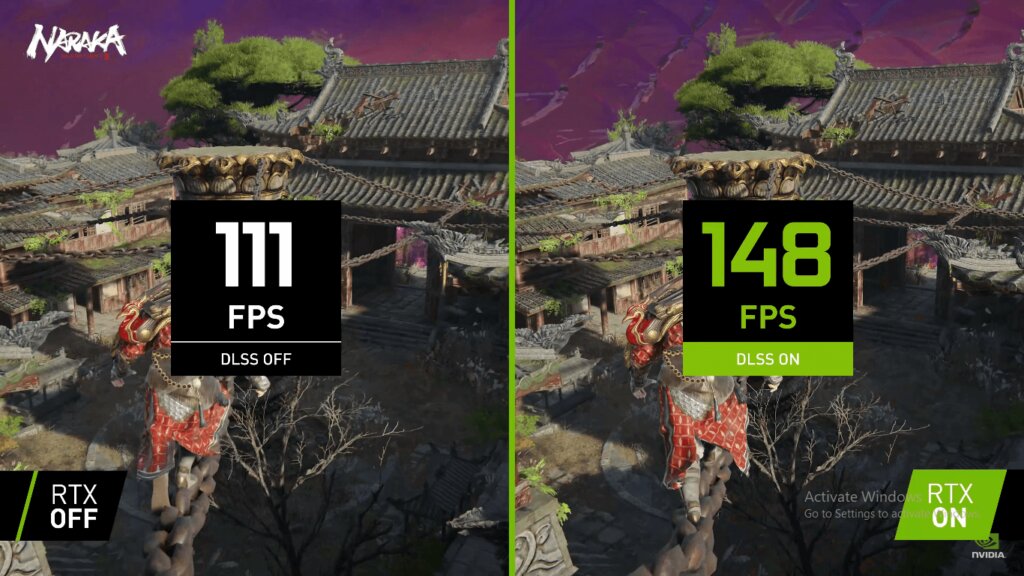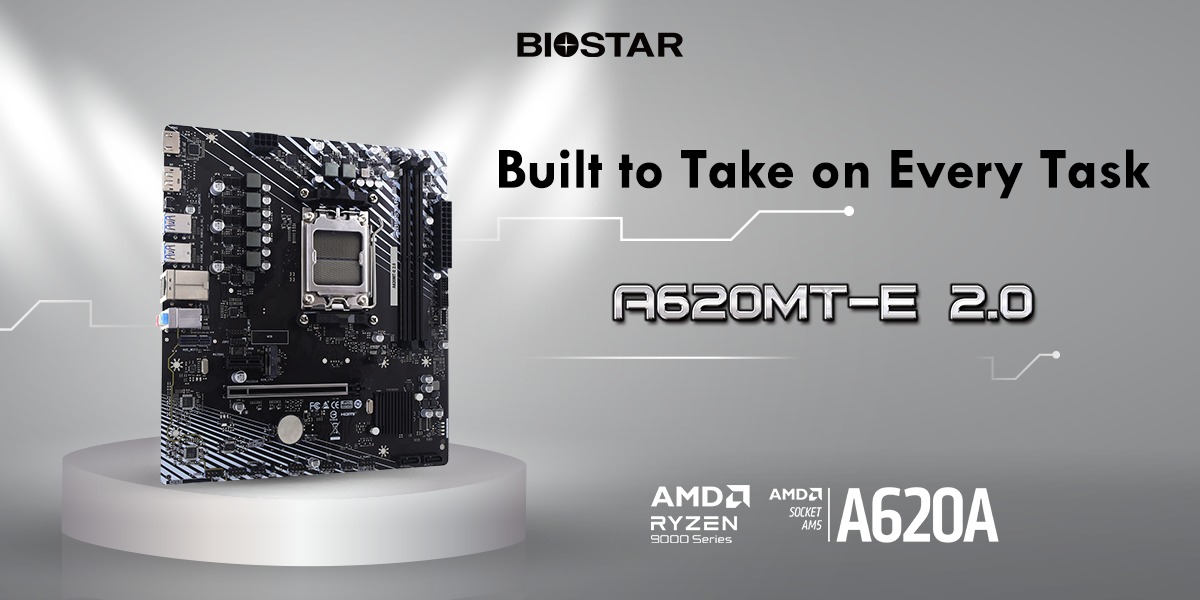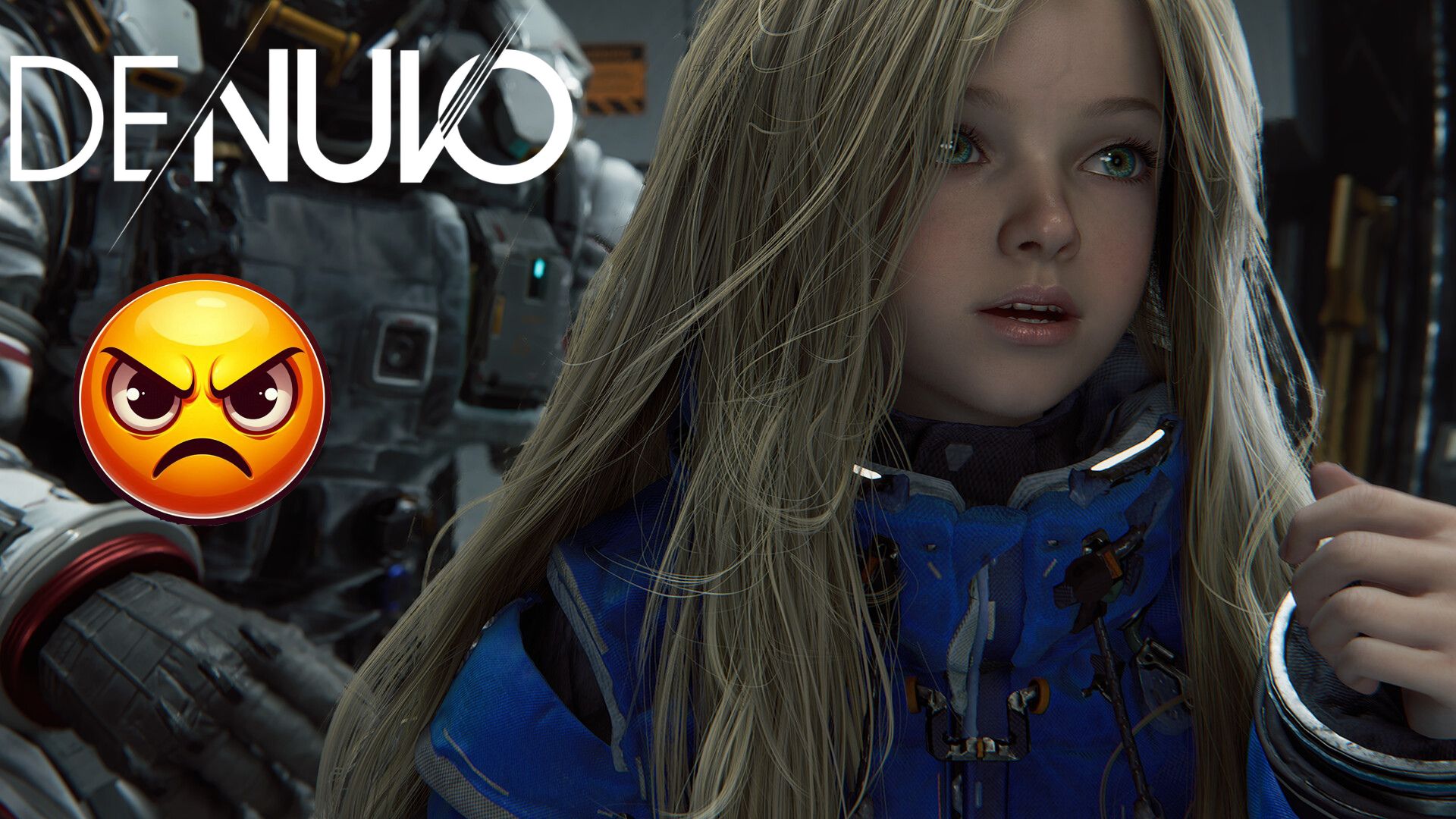- Nvidia is pushing the boundaries of AI in gaming through DLSS (Deep Learning Super Sampling).
- CEO Jensen Huang recently discussed using DLSS to create AI-driven textures and objects.
- Nvidia is actively developing new technologies to support these advancements, including a new texture compression solution.
It’s no surprise that AI is considered the future of gaming. With Embracer Group, Ubisoft, and others onboard, the stage has been set for artificial intelligence to dominate game development.
Nvidia is a key player in the space, recently becoming the world’s biggest company due to its AI expertise. It has already made great strides with DLSS, but the company has teased even more exciting possibilities in a new interview.
This interview seems to have given readers a glimpse of what DLSS 4 will bring.
Why it matters: DLSS has transformed the PC gaming experience with its upscaling and frame generation. Therefore, everyone wants to know what comes next.

In an interview at Computex 2024, Nvidia CEO Jensen Huang responded to a question about the future of DLSS, stating that generated textures and objects made entirely of AI will be seen in the future.
In the future, we’ll even generate textures and objects.
-Jensen Huang
Huang added that AI NPCs would be created exclusively using AI, similar to the Nvidia ACE demo. Meanwhile, using DLSS to generate in-game assets will improve gaming performance.
In the same way that DLSS upscales frames now, Huang reveals that he envisions DLSS producing texture and objects independently, enhancing object quality. This new generation of DLSS technology may not be too far off.
Nvidia is already developing a new texture compression solution to greatly improve texture quality while maintaining the same VRAM requirements in current games.
DLSS 3 frame generation technology improves performance by injecting AI-based frames between real frames. With in-game objects created completely from scratch, asset generation goes beyond anything the company has offered so far.
The CEO also spoke on in-game NPCs. Using a video game as an example, he described six characters, two of which could be real, while artificial intelligence generates the other four.
However, this type of technology would put further strain on the GeForce RTX gaming lineup. Based on the vision, we should expect a bump in raw performance.
Thank you! Please share your positive feedback. 🔋
How could we improve this post? Please Help us. 😔
[News Reporter]
Malik Usman is student of Computer Science focused on using his knowledge to produce detailed and informative articles covering the latest findings from the tech industry. His expertise allows him to cover subjects like processors, graphics cards, and more. In addition to the latest hardware, Malik can be found writing about the gaming industry from time to time. He is fond of games like God of War, and his work has been mentioned on websites like Whatculture, VG247, IGN, and Eurogamer.


 Threads
Threads

